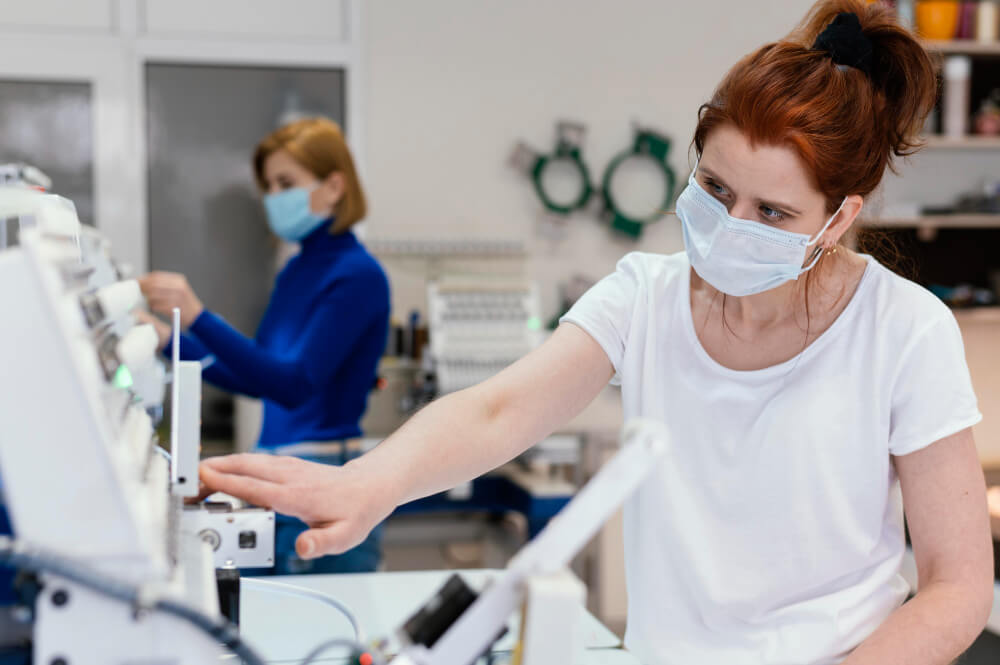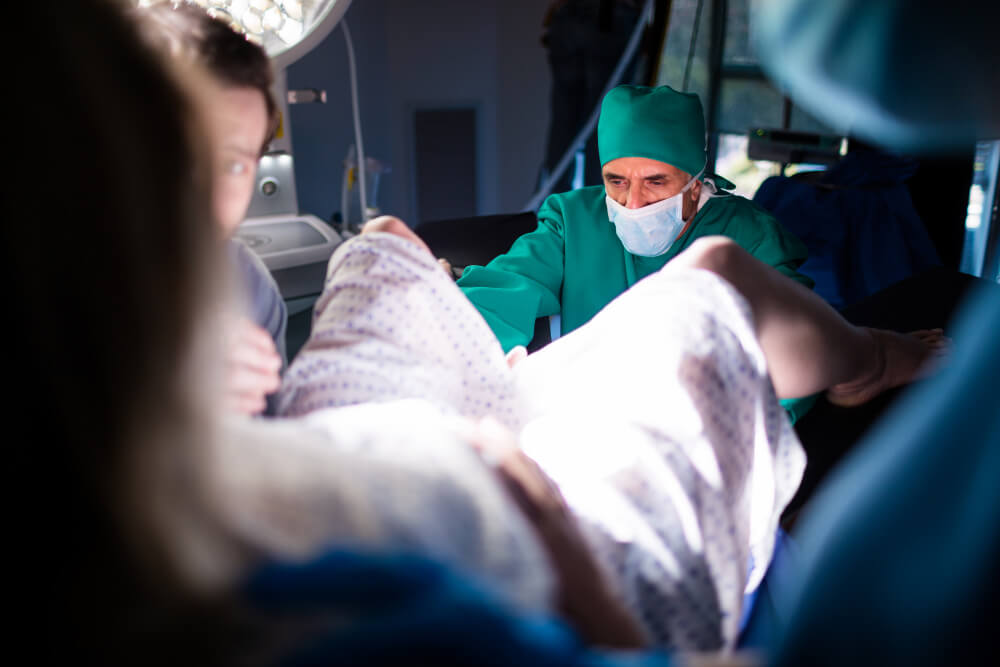Deciding to pursue in vitro fertilization (IVF) is a big step—one that comes with excitement, hope, and a fair share of questions.
If you’re here, you might be wondering: What are my chances of success? How can I improve them? What should I expect during the process?
IVF can feel overwhelming, but understanding the facts can make it easier to navigate.
This guide breaks down everything you need to know in plain, straightforward language—no medical jargon, just real, useful information.
Whether you’re just starting your fertility journey or considering another IVF cycle, this guide will help you set realistic expectations, prepare for each stage, and boost your chances of success. Additionally, understanding success rates at IVF centers can provide valuable insights when making decisions about your treatment options.
We’ll cover success rates, factors that impact outcomes, what the process looks like, and tips for improving your chances.
Plus, you’ll hear from real people who have been through IVF themselves.
Because while science plays a big role, your mindset, lifestyle, and support system matter too.

Common Questions and Concerns About IVF
If you’re considering in vitro fertilization (IVF), you probably have a lot of questions, like:
- What are my chances of success?
- What factors affect IVF success rates?
- How many cycles will I need?
- What should I expect emotionally and physically?
- How can I improve my chances of success?
- What is the cost of IVF, and does insurance cover it?
- What are the risks and potential side effects?
- How do I choose the right fertility clinic?
This guide breaks it all down in a clear, straightforward way—no confusing medical jargon, just real talk about what you need to know.
Understanding IVF Success Rates
IVF success rates can vary widely based on factors like age, health conditions, and clinic experience.
Understanding these statistics can help set realistic expectations and prepare you for the journey ahead.
General IVF Success Rates by Age Group
- Under 35 years old: 50-55% success per cycle
- 35-37 years old: 40-45% success per cycle
- 38-40 years old: 30-35% success per cycle
- 41-42 years old: 15-25% success per cycle
- Over 42 years old: 5-15% success per cycle
These numbers aren’t guarantees, but they provide a useful benchmark.
Success rates also depend on the quality of embryos, the mother’s overall health, and the expertise of the fertility clinic.
Key Factors That Affect IVF Success
Several factors can influence your chances of a successful IVF cycle:
Age
Age is the most significant factor in IVF success. Women under 35 generally have higher-quality eggs, making implantation more likely.
If you’re older, your doctor may recommend using donor eggs to improve your chances.
Egg and Sperm Quality
Egg and sperm health play a crucial role. If egg quality is poor, fertilization and embryo development may be compromised.
Similarly, sperm motility and morphology affect fertilization success.
Uterine Health
A receptive uterine lining is critical for implantation.
Conditions like polyps, fibroids, or endometriosis can reduce success rates and may need to be treated before IVF.
Number of Embryos Transferred
Transferring more than one embryo can increase the chances of pregnancy, but it also raises the risk of multiples, which come with additional health risks.
Lifestyle Factors
Smoking, excessive alcohol consumption, poor diet, and high stress levels can negatively impact fertility.
Adopting a healthy lifestyle before and during IVF can improve outcomes.
What to Expect During the IVF Process
IVF is a multi-step process that typically takes six to eight weeks per cycle.
Understanding each step can help you feel more prepared.
Step 1: Ovarian Stimulation
- You’ll take hormone injections for 8-14 days to stimulate the ovaries to produce multiple eggs.
- Regular blood tests and ultrasounds will monitor progress.
Step 2: Egg Retrieval
- Eggs are collected in a short outpatient procedure under mild sedation.
- You may feel some cramping afterward, but recovery is quick.
Step 3: Fertilization
- Retrieved eggs are combined with sperm in a lab.
- Either traditional insemination or intracytoplasmic sperm injection (ICSI) may be used.
Step 4: Embryo Culture
- The fertilized eggs grow in a controlled environment for 3-5 days.
- The healthiest embryo(s) will be selected for transfer.
Step 5: Embryo Transfer
- A thin catheter places the embryo into the uterus.
- The procedure is painless and takes only a few minutes.
Step 6: The Two-Week Wait
- After the transfer, you’ll wait about 10-14 days before a pregnancy test.
- Many women experience early pregnancy symptoms like bloating and fatigue.
Tips for Improving Your IVF Success Rate
You can take steps to improve your chances before and during treatment:
- Maintain a Nutrient-Rich Diet: Eat foods high in antioxidants, omega-3s, and vitamins.
- Reduce Stress: Try yoga, meditation, or acupuncture to manage anxiety.
- Get Enough Sleep: Aim for 7-9 hours per night to regulate hormones.
- Limit Caffeine and Alcohol: Both can reduce fertility.
- Follow Medical Advice: Take all prescribed medications correctly and attend all check-ups.
Real-Life Experience
“After two failed IVF cycles, I focused on reducing stress and improving my diet. My third cycle resulted in my beautiful baby girl. Stay hopeful!” – Sarah, 36
Emotional and Financial Aspects of IVF
Emotional Rollercoaster
IVF can be emotionally draining. Some days you’ll feel hopeful; others, you’ll feel overwhelmed.
Coping Strategies:
- Join a support group – Connecting with others on the same journey can help.
- Communicate openly – Talk to your partner about your feelings.
- Seek professional counseling – A therapist can offer strategies for managing stress.
Financial Considerations
IVF is expensive, with a single cycle costing between $12,000 and $25,000, depending on location and treatments required.
Ways to Manage Costs:
- Check insurance coverage – Some plans cover part of IVF treatment.
- Look into financing options – Many clinics offer payment plans.
- Consider fertility grants – Organizations like the Baby Quest Foundation provide financial assistance.

FAQs About IVF
How many IVF cycles does it take to get pregnant?
Most couples need two to three cycles to achieve pregnancy, but this varies based on individual circumstances.
Does IVF increase the risk of twins or triplets?
Yes, especially if multiple embryos are transferred. Many clinics now recommend single embryo transfer (SET) to minimize this risk.
Is IVF painful?
While certain parts, like injections and egg retrieval, can be uncomfortable, most people find it manageable with proper care.
What if IVF doesn’t work?
If IVF fails, options include:
- Trying another cycle with adjustments.
- Exploring donor eggs or sperm.
- Considering alternative treatments like surrogacy or adoption.
Conclusion
IVF is a challenging but potentially life-changing journey. The more informed you are, the more prepared you’ll feel.
If you’re currently in the process or considering it, know that you’re not alone—there’s a whole community of people who have been where you are and understand what you’re going through.
Have questions or want to share your experience? Drop a comment below or share this guide with someone who might find it helpful!





